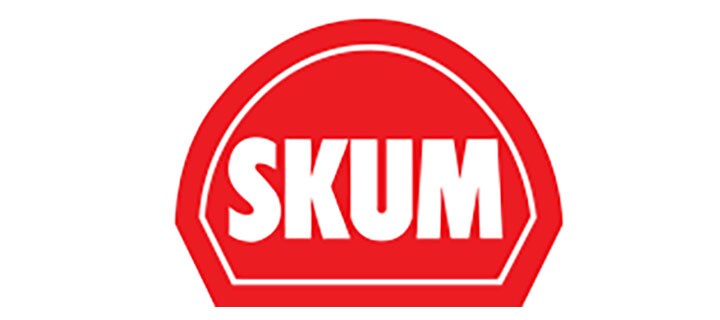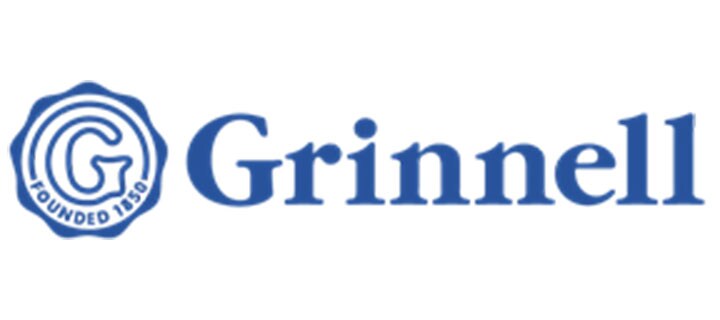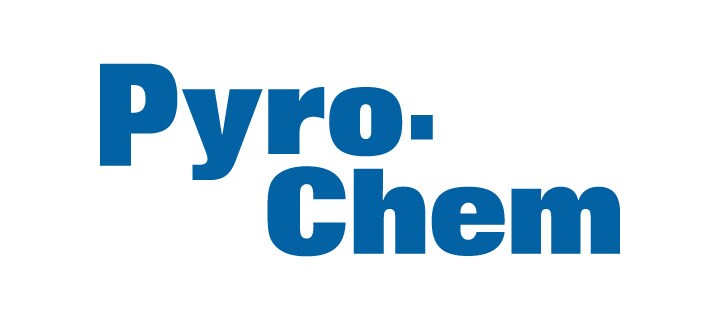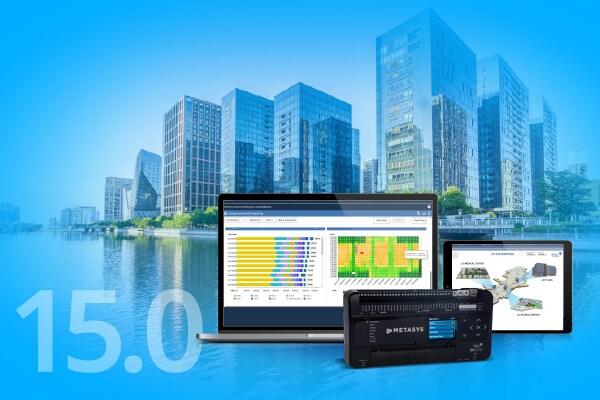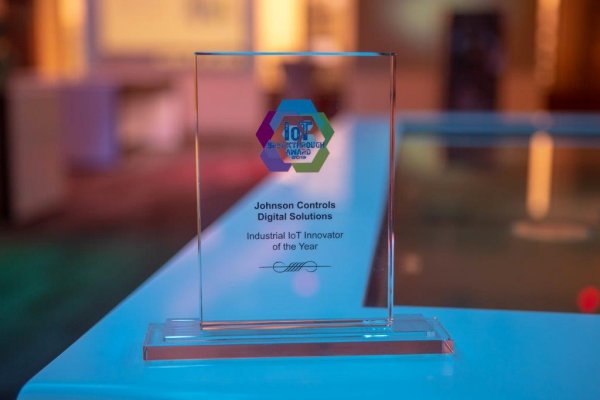- Johnson Controls
- Building Insights
- Data is Meaningless – If it’s Not Connected to a Mission
Data is Meaningless – If it’s Not Connected to a Mission
In 2014, the Wall Street Journal proclaimed a new arrival to the C-suite: the chief data officer or CDO. “With corporations awash in data,” we were told, “the CDO is the leader who keeps track of it, vouches for it, and ultimately is responsible for figuring out how to turn it into profit.”
At Johnson Controls, we’ve taken a slightly different route, but – if anything – we’ve amplified our focus on data beyond the responsibilities of one senior leader. We’ve created an entire business around serving customers with digital solutions. Currently, we have more than 400 of the smartest people in our industry uncovering ways to make buildings safer, smarter and more sustainable – extracting value from the constant flow of information within facilities.
To say that we are big believers in the power of data would be an understatement, but there is an important caveat. If data is not connected to the mission of the business – and the need for the building – it’s meaningless.
That’s right. Meaningless. There is a lot of buzz of around IoT, but promises have unfortunately outweighed results. Many facility owners and managers feel pressure to collect data – on everything from false alarms to energy usage to occupant trends – but without understanding a building’s core purpose, those increasing data points merely create noise, with no coherence or identifiable value.
The maestro of building data is its mission, its purpose and its value for the organization. Data across buildings should re-enforce that value. That is the reason the building exists, and that is the key to unlocking the ultimate value of its information.
For example, the mission of a hospital is to heal people at the best cost possible. Hospitals all over the world come to Johnson Controls for their physical security, heating, cooling, fire-prevention and energy-consumption needs. But increasingly they are coming to us because they want Johnson Controls to integrate all of those disparate systems – so that nurses, doctors and others can improve patient care at much lower costs. They want improved nurse productivity through better use of time – less time finding equipment and other assets and more time with patients. They want operating rooms to be ready immediately, improving efficiencies and ease of use. They want their staff focused on the mission and for everything within the facility to support that mission. Harnessing the power of hospital data – for that purpose – is an important part of the equation.
"To say that we are big believers in the power of data would be an understatement, but there is an important caveat. If data is not connected to the mission of the business – and the need for the building – it’s meaningless."
Sidelined by siloes
For too long, data – and building technology, generally – has remained siloed. Even basic building systems, such as HVAC and security, usually operate in separate systems. Competing interfaces, disconnected servers and fragmented user experiences waste time, energy and investment. But imagine what’s possible if we break down those siloes? Imagine that data is connected and integrated around one centralized and purposeful mission.
Take our hospital example – by integrating building data and systems, we can create a streamlined and seamless response to a patient’s needs. Let’s say there is a code-blue event in a patient’s room, unfortunately, and myriad responses are needed by both the staff and the hospital infrastructure. We can now ensure that the bed rises appropriately, the blinds close, the lights turn on, the temperature is optimized, the location-system finds the doctor, the crash-cart is made available and – in short – everything is ready to resuscitate the patient.
This is a real scenario that is happening every day in advanced hospitals, because we are connecting the power of data to the hospital’s mission.
Value in store
Another example might be a convenience store, whose mission is to deliver the freshest produce possible in a pleasant environment. We can leverage facility data to monitor the aging of that produce, in collaboration with the delivery system. And we can continually ensure that it is stored in the best temperature and humidity levels. Lighting is also a factor that can be tied to centralized data. Sanitation, customer trends and supply-chain schedules are also important components. We are doing this right now for a customer that owns nearly 600 convenience stores across the United States.
Using the same principles – but with advanced methodologies – we are helping one of the world’s leading tech companies optimize its building automation system (Metasys) with a historical database. The customer can review tens of thousands of data points and easily narrow them down to the 100 or so that are truly important – in a matter of seconds. This enables the tech company to focus its energy on only what is really necessary for its facilities around the world. But this customer started with the goal of reducing energy costs, and that led them to do business with Johnson Controls to optimize the data – not the other way around.
Campuses – including universities – are asking us mission-driven questions to understand how they can unite all of their buildings behind a common purpose. Whether a corporate headquarters in Silicon Valley or an Ivy League college on the east coast, our customers are coming to us with a goal in mind, and we now have the technological offerings to accelerate ways to achieve that goal. One of our solutions in this area is Central Plant Optimization, which has worked very well for large campuses with energy plants. Another is our new Digital Vault, which is enabling a Fortune 100 company to align its various environmental data streams to achieve specific business goals.
When we start with purpose and mission, instead of data, we uncover value. That’s when data becomes meaningful, instead of meaningless.
Related Items
Johnson Controls Named “IoT Innovator of the Year”
Johnson Controls today announced that it has been named the “Industrial IoT Innovator of the Year” from IoT Breakthrough, an independent organization that recognizes the top companies, technologies and products in the global Internet of Things (IoT) market today.





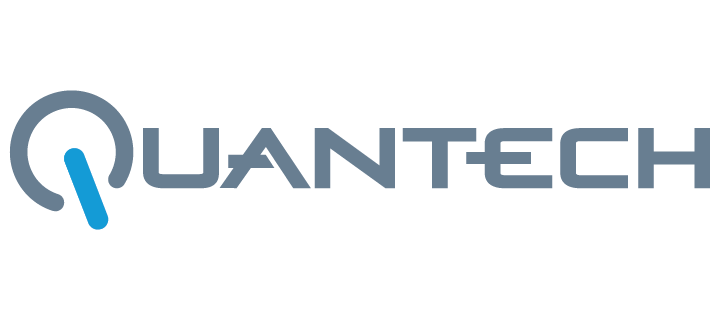


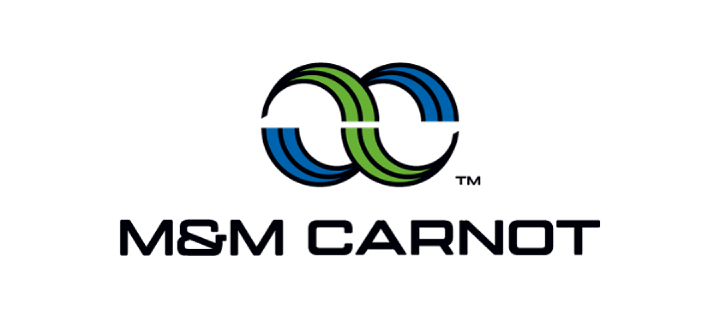


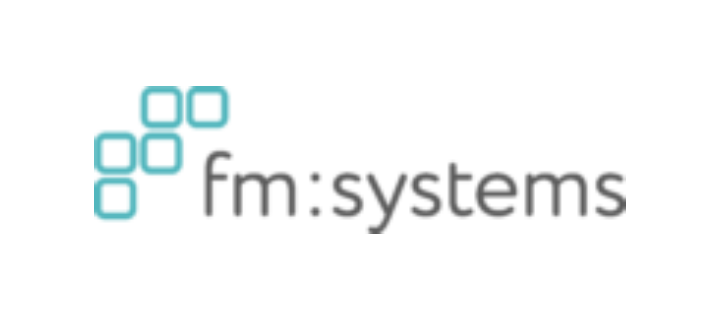



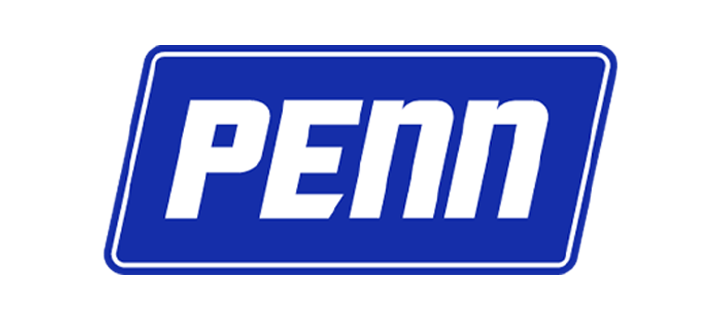

.jpg?la=en&h=320&w=720&hash=244C75B74F0F77521D56164450973BCD)


